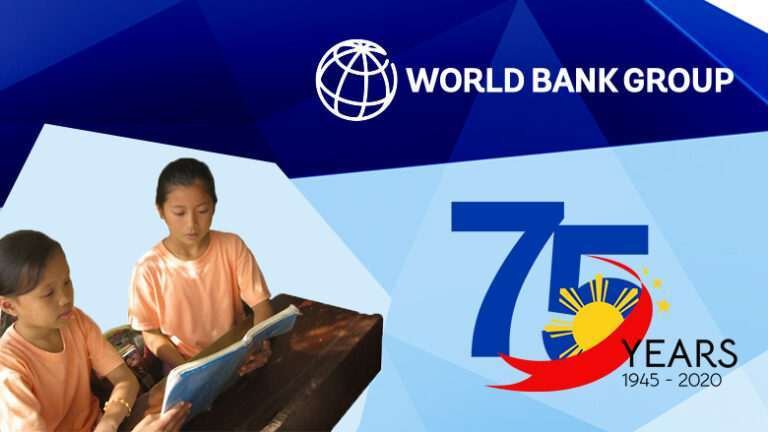Since 1945, the World Bank has been at the forefront of the Philippines’ development, acting as a key partner through times of growth, crisis, and recovery. Over the past seven decades, the Bank has provided not only financial resources but also knowledge and expertise to tackle the nation’s most pressing challenges. From infrastructure development to public health initiatives, the World Bank’s influence has been felt across sectors critical to the country’s progress.
The relationship began with post-war reconstruction efforts. One of the earliest projects was the construction of the Binga Power Plant in 1957, which was aimed at addressing the growing energy needs of the island of Luzon. This marked the start of a series of infrastructure projects that would later include dams, irrigation systems, and renewable energy initiatives. Over the years, these projects have supplied critical resources, including electricity and water, to millions of Filipinos, laying the foundation for industrial growth.
The 1970s saw the World Bank’s focus shift toward rural development, with agricultural projects that helped transform the lives of farmers across the nation. The Magat River Multipurpose Project is a prime example, providing irrigation to over 80,000 hectares of rice fields. Projects like these not only increased agricultural productivity but also contributed to poverty reduction by improving the livelihoods of rural communities.
As the Philippines underwent political changes in the 1980s, including the aftermath of the People Power Revolution, the World Bank played a crucial role in supporting the country’s economic reforms. The institution backed policies aimed at fostering private sector participation and job creation, with an emphasis on infrastructure improvements. The Angat Water Supply Project and the Bacon-Manito Geothermal Development Project are among the initiatives that came out of this period, providing critical infrastructure that continues to power the country’s development today.
More recently, the World Bank has been instrumental in helping the Philippines navigate the COVID-19 pandemic. Its funding for public health interventions, including the purchase and distribution of vaccines, has been a cornerstone of the country’s recovery strategy. At the same time, the Bank continues to focus on long-term development goals, including education and climate resilience, ensuring that the Philippines is better prepared for future challenges.
As the Philippines and the World Bank celebrate 75 years of partnership, their shared history stands as a testament to the enduring value of international cooperation in addressing the complex challenges of development. The road ahead will undoubtedly present new obstacles, but the World Bank’s commitment to supporting the Philippines through thick and thin remains steadfast. Both parties have benefited from this partnership, creating a model for how global institutions and national governments can work together to promote inclusive growth and shared prosperity.
This dynamic relationship, built over decades of mutual respect and strategic collaboration, has ensured that the Philippines continues to march toward a more prosperous and resilient future.

